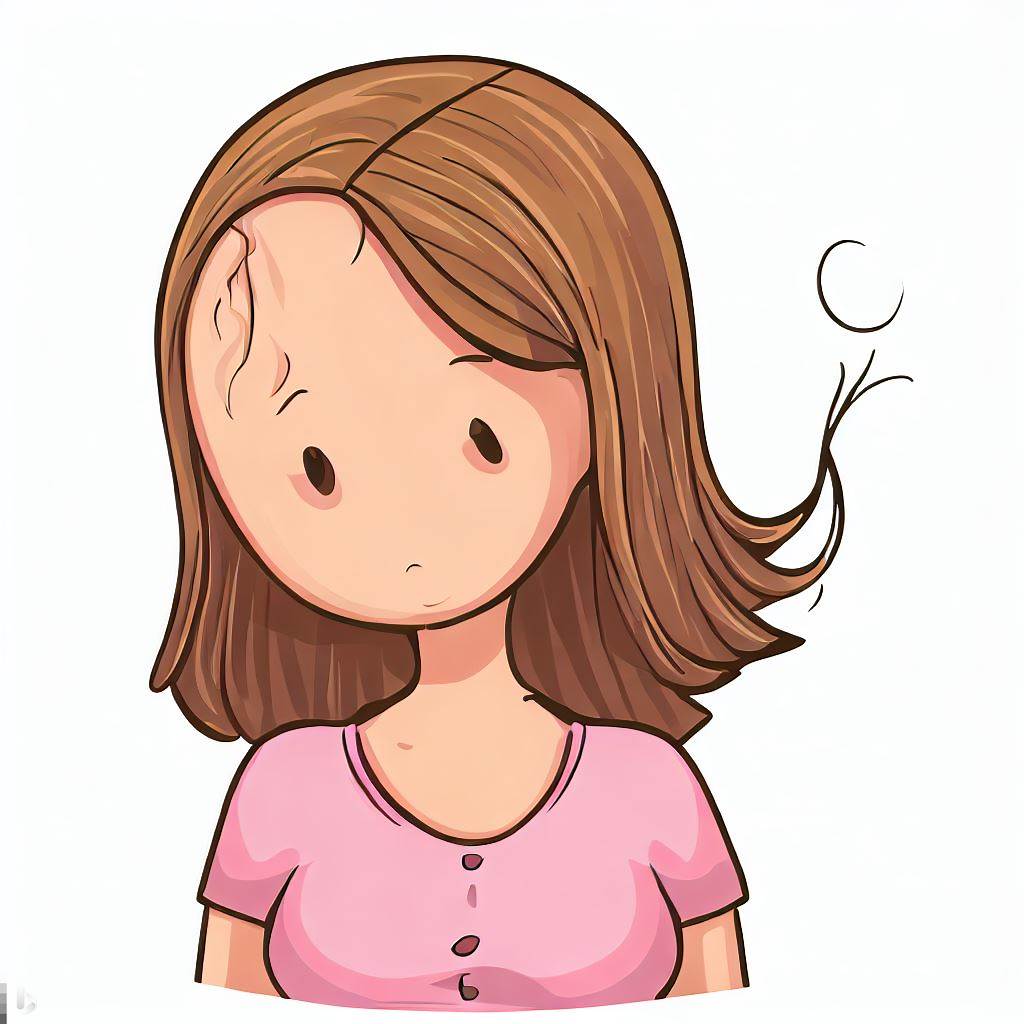The birth of a child is a monumental event in an individual’s life. However, along with the joy and challenges of motherhood, many women face unexpected changes in their bodies. One such change is postpartum hair loss or postpartum alopecia. This article delves into postpartum hair loss, exploring its causes, symptoms, and the potential of topical solutions like minoxidil and finasteride in its treatment.
Understanding Postpartum Hair Loss
Postpartum hair loss is a natural and temporary condition that many women experience after giving birth. It typically begins around three months post-delivery and can continue for several months thereafter.
Causes and Mechanism
- Hormonal Fluctuations: During pregnancy, increased levels of estrogen prolong the growing phase (anagen phase) of hair. This leads to thicker, lusher hair during those nine months. However, after childbirth, estrogen levels drop, causing more hair to move into the resting phase (telogen phase) before they are shed.
- Physical Stress: Childbirth is a significant physical event, and the body’s response to such stress can sometimes exacerbate hair shedding.
- Nutritional Factors: Postpartum nutrient demands, especially if breastfeeding, can sometimes affect hair health.
Symptoms
- Increased Hair Shedding: Women might notice more hairs on their brush, pillow, or shower drain.
- Thinning: Especially at the front and temples, though this varies between individuals.
- Overall reduced volume: Hair might feel less dense than before.
Treatment and Management
For many women, postpartum hair loss is temporary, and their hair returns to its pre-pregnancy thickness within 6 to 12 months after childbirth. However, some might seek interventions to manage the condition:
- Good Hair Care Practices: Gentle hair care can help reduce breakage and make hair appear fuller. This includes avoiding tight hairstyles, reducing heat treatments, and using a wide-toothed comb.
- Balanced Diet: A nutrient-rich diet with adequate protein, iron, vitamins, and minerals supports overall hair health.
- Hair Volumizing Products: These can be used temporarily to give hair a fuller appearance.
Role of Minoxidil and Finasteride in Postpartum Hair Loss
Minoxidil: Approved for the treatment of androgenic alopecia, minoxidil is an over-the-counter topical treatment that can promote hair growth. Some dermatologists might recommend minoxidil for postpartum hair loss, especially in cases where the hair thinning is pronounced. Minoxidil can stimulate hair follicles, prolonging the growth phase. However, it’s essential to consult a doctor before using minoxidil postpartum, especially if breastfeeding.
Finasteride: Finasteride is primarily used to treat male and female pattern baldness by inhibiting the conversion of testosterone to dihydrotestosterone (DHT). Given that postpartum hair loss is not driven by DHT and considering potential side effects, finasteride is not typically prescribed for this condition. Moreover, finasteride can be harmful to the baby if ingested through breast milk.










